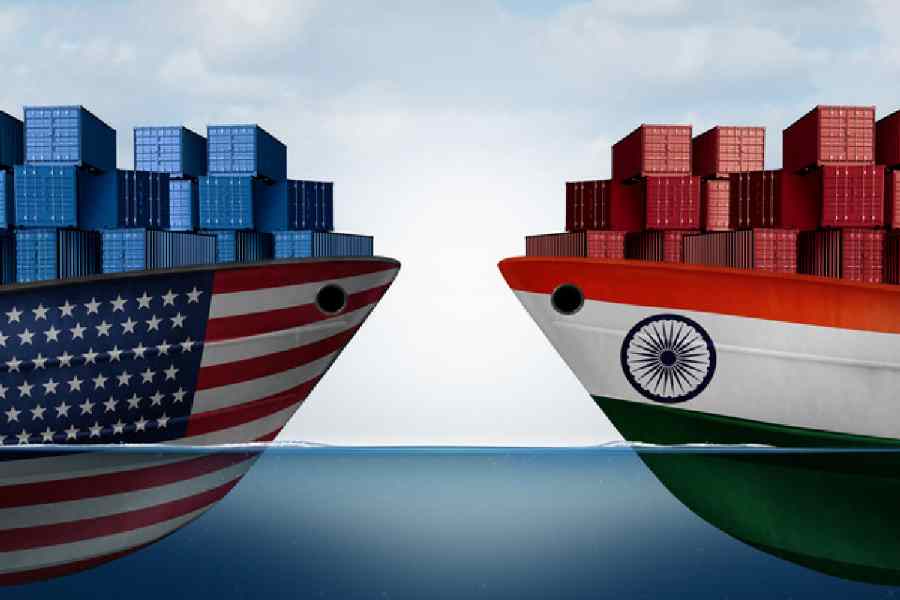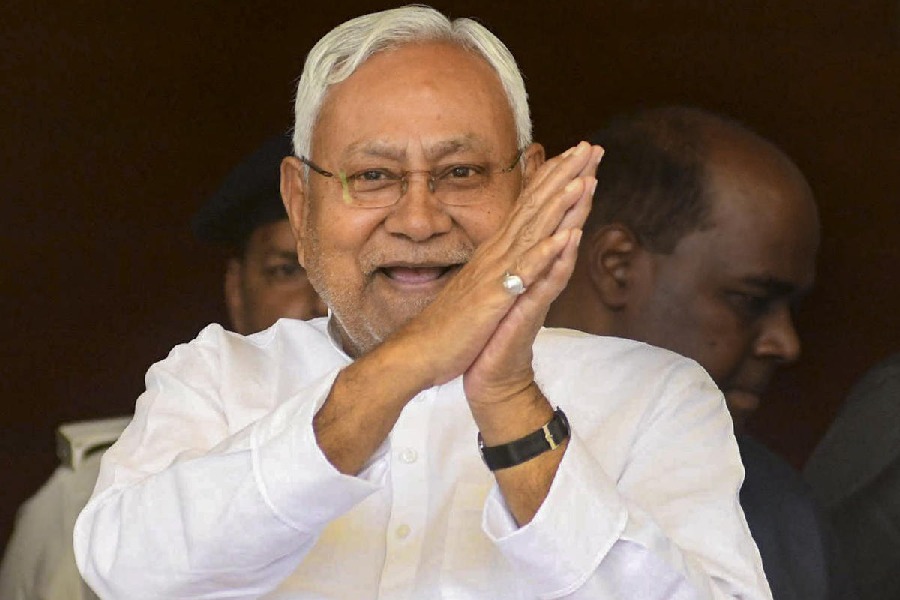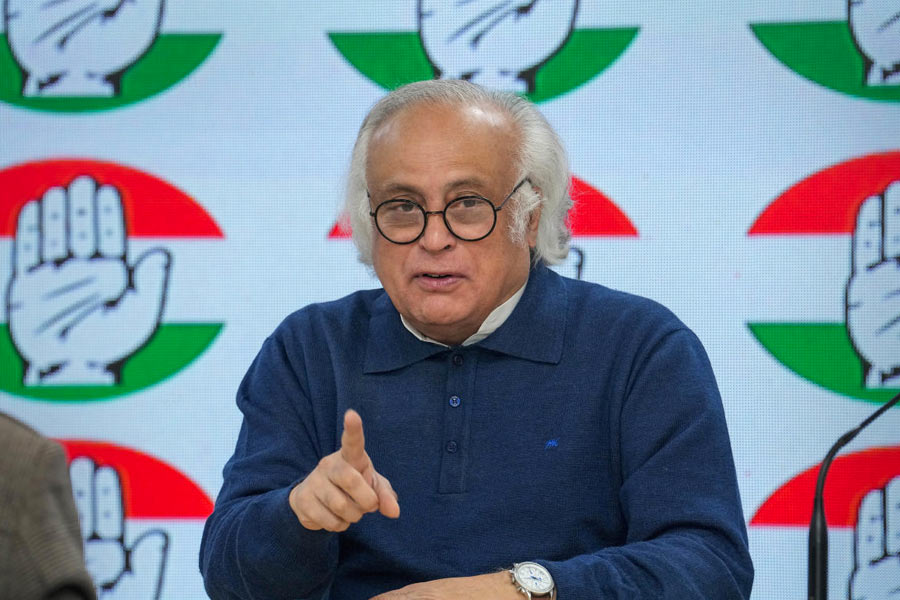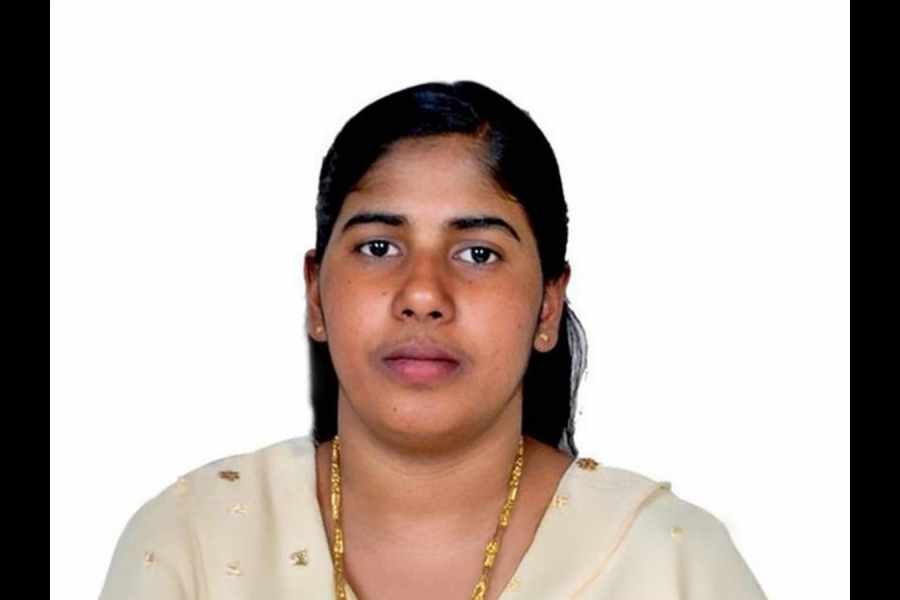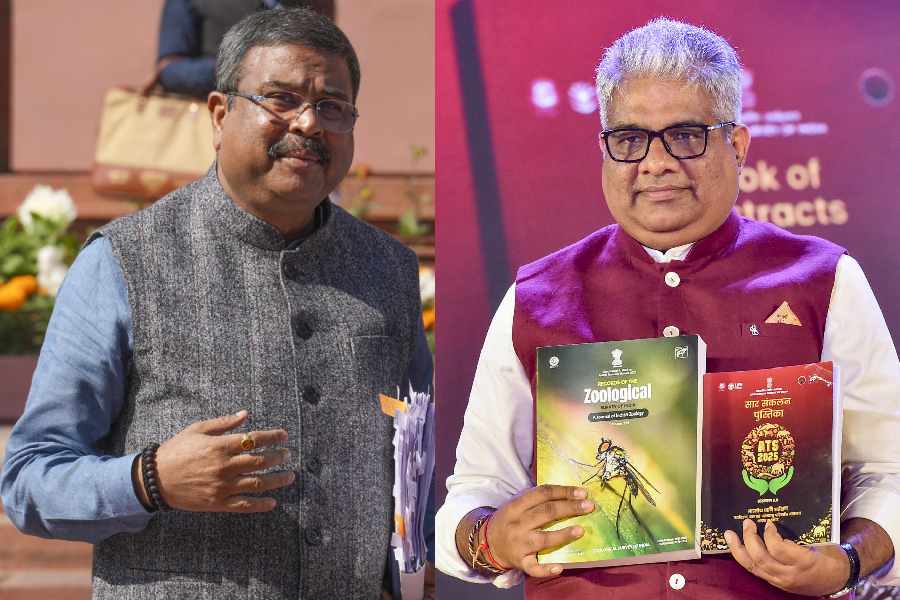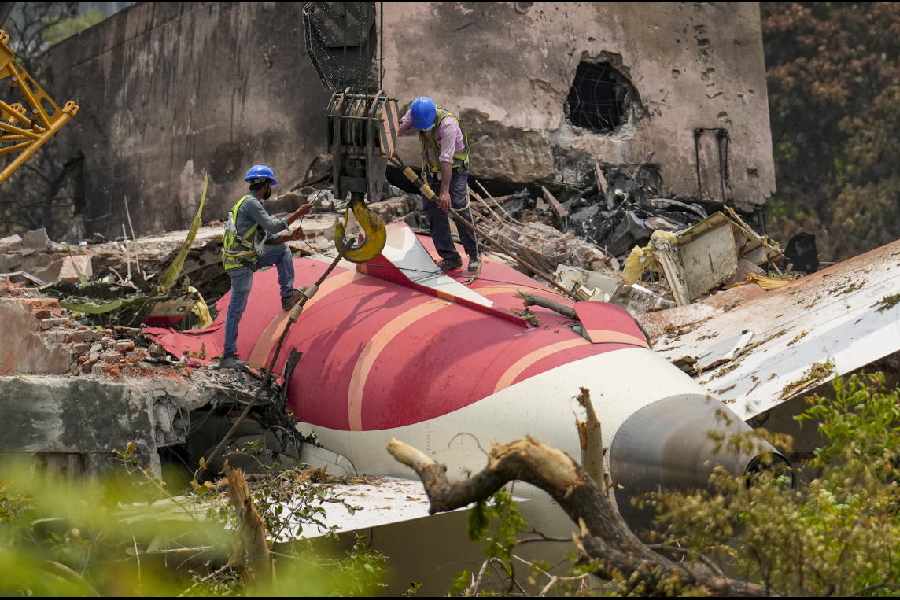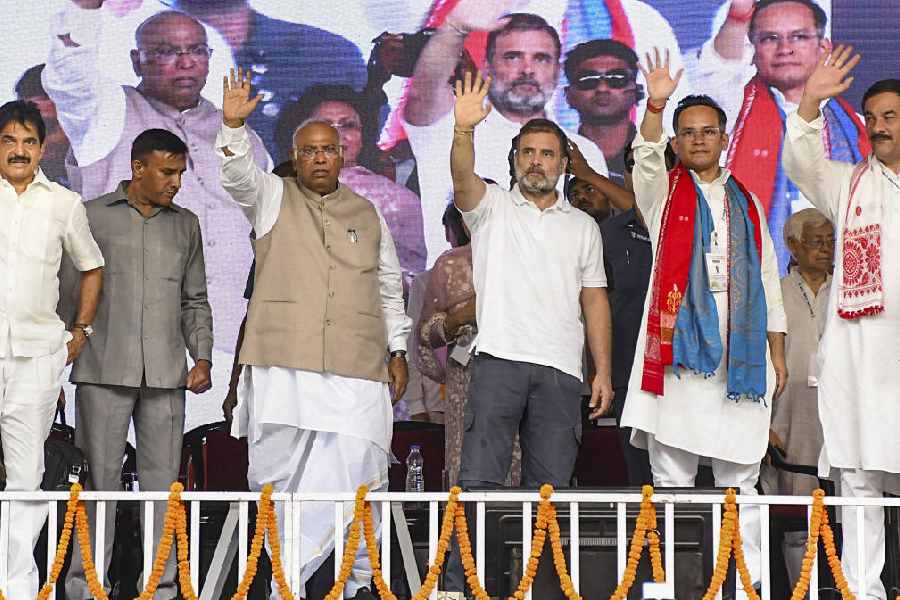About 20 bookstores are scheduled to open in Calcutta over the next two years. Books, you would think, are alive and kicking in this city, at times annoyingly boastful — to outsiders — of its culture.
Crossword and Starmark, already in town, are expanding. Books & Beyond, newly arrived, hopes to spread beyond its sole presence at South City mall. Oxford, which has been in town the longest and hadn’t thought out-of-Park Street until recently, has pitched camp in Sarat Bose Road.
Ever mindful of culture — but lately busy chasing business, though not so busy as not to try and pull the Book Fair back to the Maidan every sooty winter — Buddhadeb Bhattacharjee will be happy to know that even after all the malls there’s still space for bookstores.
Some would say, however, that a city that had no bookstore worth the name till recently for all its cultural pretensions and has but a handful now could do with a few more.
Or could it?
The numbers don’t suggest so. The East, where Calcutta is the biggest market, has a share of just 10 per cent of national sales of English books. Equality exists beyond the pale of Marxist rule: among the North, West and the South, each with a 30 per cent slice of the Rs 1,000-crore national market.
Calcutta’s apparent reputation as a city of book lovers doesn’t square with cold sales figures.
William Dalrymple’s White Mughals is a national bestseller with sales of over 40,000 copies. “Calcutta bought 2,500 of them, which, in fact, is a huge figure going by the general sales trends in this city,” said Ananth Padmanabhan, vice-president, sales, Penguin Books India Pvt. Ltd.
Siddharth Pansari of Crossword put it down to what is known as “price sensitiveness” in marketing jargon. The English word for it, though a little unkind, is stingy.
“People here enquire about bestsellers and then wait for paperback versions to arrive which are 30 to 45 per cent cheaper than the hardbacks. Customers in the North and West pick up books irrespective of their prices,” he said.
Paperbacks in large formats priced at Rs 450 and mass-market books in smaller formats costing around Rs 250 are popular in the East. Is that the reason for business and management titles like Rama Bijapurkar’s We Are Like That Only, in the Rs 450 range, to sell better in Calcutta than the more expensive Jack Welch tomes?
Sukanta Chaudhuri, who teaches English at Jadavpur University and is an author of several books, agreed that Bengalis wanted their books cheap. “They are loath to spend Rs 700-800 for a book.”
Are they price sensitive only about books? How is it that MusicWorld in Park Street and Pantaloons in Camac Street touched national highs in sales?
Contrary to the widespread belief in the city’s high-brow taste, self-improvement books and the how-to genre move off the shelves quicker than bestsellers like Lee Child’s Nothing to Lose and Indra Sinha’s Animal’s People, shortlisted for Booker last year.
“Calcuttans are less informed than their metro counterparts as far as foreign bestsellers are concerned. People in Mumbai are quick to ask about New York Times bestsellers,” said Pansari.
Raju Barman, partner of Rupa & Co, described Calcuttans as more serious readers, more value conscious than their counterparts in other metros. “It is largely a non-fiction market with popular science books and self-help books selling in higher numbers,” he said.
Many in the business believe one reason for the low sales is the lack of access. “Apart from the 2-km radius in south Calcutta where you have Oxford in Park Street, Crossword in Elgin Road and more recently Starmark in South City, there are hardly any outlets,” said Pansari.
Padmanabhan agreed. Delhi has 300 bookshops, double that of Calcutta. Mumbai hosts 13 stores of Crossword alone compared with two here.
Chaudhuri thinks the reason for low sales lies in the slow corporate growth in the region. “The English book trade comprises mainly the urban professional market, the English-reading professional class, which is far larger in other metros than in Calcutta,” he said.
The East’s share of the English book market at 10 per cent is not very much different from its slice of, say, car sales – at 12 to 14 per cent. And is even a great deal higher than organised retail sales of garments, for example, of about four to five per cent.
Books, then, would seem to be just like any other commodity. They move when the economy is moving and vice versa. Who will deny that Mumbai and Delhi or Bangalore and Chennai have more vibrant economies than does Calcutta? And that this “book-loving” city is just catching up in more ways than one?
The market in the East is growing about 15-16 per cent a year. Barman said: “The market is booming. More bookstores are coming up in Calcutta than ever before.”
Because more shopping malls are being built too — and they were the harbingers.
The argument suggests bookstores are expanding because Calcutta is becoming more affluent. Does Calcutta’s reputation as a book-loving city count for nothing then? Chaudhuri doesn’t think so.
“There are still many people in Calcutta who are book crazy, who would save money to buy books at the Book Fair. You will not find such people in other states,” he said.
Maybe, their numbers weren’t large enough until now for bookstores to do roaring business the year round.
Unaccustomed sales
 |
Jhumpa Lahiri’s Unaccustomed Earth has sold 4,500 copies in its first week in eastern India. That is about a fifth, or 20 per cent, of the nationwide number of 22,000 and double the 10 per cent share the region has of the all-India market for English books.
Do books by Bengali authors do well in Calcutta, then?
Lahiri has roots in Calcutta and Bengali immigrant characters people her writing. “But even then Jhumpa Lahiri is a well-known name and her new book was much anticipated,” said Chiki Sarkar, of Random House India.
“We had forecast sales of 6,000 to 8,000 copies in eastern India and we hope to reach this figure in the next couple of months,” said S. Krishna, director, sales, Random House India.
Fiction titles in the East usually move no more than 1,500 to 2,000 copies, added a bookseller.
But then with an initial print run of 30,000 for India, Unaccustomed Earth is the biggest title yet in the country for the publishing house, which started operating here in 2007.
Calcuttans traditionally buy Amartya Sen, Satyajit Ray or even a Partha Mitter whose latest title Triumph of Modernism sold 1,150 copies in a couple of months despite the steep price of Rs 1,750.
Popular novelist Sankar’s Chowringhee translation published last year did an astonishing 10,000 copies nationwide, of which the East bought 4,000.
“Books that have a strong emotional connect with readers have always done well here,” said Siddharth Pansari of Crossword.
Perhaps that explains why the Lahiris and the Amitav Ghoshes — the so-called daughters and sons of the soil who have made their home on foreign soil — do well.
Did someone say parochialism?


